Tucked away in the corner of the country, where Argentina, Bolivia and Chile converge, is the magical Andean northwest. This is Argentina, but not as you know it – especially if, like most visitors, you’ve spent the majority of your time 800 miles down the road in Buenos Aires. The capital’s ‘European’ gentility is replaced by the unforgiving landscapes of the Andes, high and rugged, populated by caramel-skinned indígenas with broad faces. The climate is as harsh as the terrain: unrelenting heat and heavy rains in the summer, arid cold in the winter. April, May and September are the best months to visit.
Coming from Buenos Aires, the perfect place to find your footing is Salta, the region’s cosmopolitan centre, where Andean tradition runs deep beneath the colonial gloss. Eat the first of many empanadas (Patio de las Empanadas, Av. San Martín, esq. Islas Malvinas) and don a leather waistcoat to dance the Chacarera at one of the peñas on Balcarce (La Vieja Estacion, Balcarce 885), or sing along with the locals at the Casona del Molino (Luis Burela 1). Get your first taste of Inca history at the Museo de Arqueología de Alta Montaña, home to the perfectly preserved mummies of three Inca children, and road test your lungs on the short, sharp hike up Cerro San Bernardo for lovely views of the city.
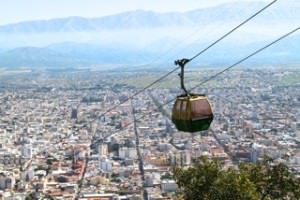
The cable car over Salta – Photo by James Kibbey
While the northwest’s cities have plenty to keep you entertained – Tucumán and Jujuy may not share Salta’s tourist appeal, but they certainly aren’t short of history – the real fascination of this region lies in the vast landscapes beyond. And to do them justice, you’ll need wheels. Bus services between towns – like much else – are a little more ‘rustic’ than those you’ll find in the rest of Argentina, and require patience. Minibus tours – available in English or Spanish – are a good budget option, though space is tight and driving erratic. Far better to hire a car – easily done in any of the cities – and take a few days to explore.
The area surrounding Salta and Jujuy is something of a geological theme park, with attractions at every point of the compass. To the north, the Quebrada de Humahuaca stretches towards windswept La Quiaca on the Argentina-Bolivia border. It’s an awe-inspiring sight, vast folds in the earth’s crust exposing layers of different colours beneath, dropping into scorched canyons with cacti cascading down each side.
Appreciate the technicolour madness of the landscape with a stop at the Hill of Seven Colours (Cerro de los Siete Colores) in Purmamarca, though Tilcara is a livelier place to spend the night, with a good selection of accommodation and restaurants. Ditch the car and stretch your legs with a morning hike to the Devil’s Throat (Garganta del Diablo) waterfall.
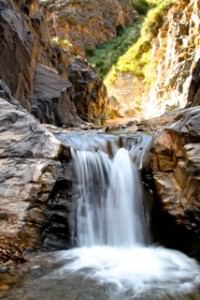
Garganta del Diablo – Photo by James Kibbey
For more jaw-droppingly surreal landscapes, it’s a short sharp climb from Purmamarca or Tilcara towards the spectacular salt flats (Las Salinas Grandes), a 525sq km expanse of salt crystals. A clear day, when the chalky white of the salt crust strikes a retina-searing contrast against the clear blue sky, is the best time to visit (provided you’ve brought a decent pair of sunglasses).
During the winter months, tourists file onto the Train to the Clouds (Tren a las Nubes) in Salta for a day trip up to the humble mining settlement of San Antonio de los Cobres, near the Chilean border. The 3000m ascent into the Andes is undeniably spectacular, but fatigue can set in on the return journey, particularly after multiple hours of ‘folkloric entertainment’. At US$169 per person, it’s pricey too. You can follow the same route – albeit without the dizzying viaducts – in a car, continuing on to the salt flats or Salta instead of retracing your steps.
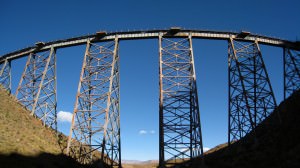
La Polvorilla viaduct on the route of the Tren a las Nubes
Photo by Alicia Nijdam
Bookended by Salta to the north and Tucumán to the south, the Valles Calchaquíes is another of the northwest’s treasure troves. For travellers who’ve taken to Argentina’s lesser-known white grape, a pilgrimage to the home of Torrontes is a must. Explore the vineyards around laid-back little Cafayate – well worth a stopover – on bikes, or stop off at the well-known Finca Colomé, which has its own elegant hotel, en route. The landscapes in between – particularly the Quebrada de Cafayate, a broad canyon filled with twisted rock formations in a rainbow of earthy tones that stretches from Cafayate to Salta – make the journeys as appealing as the destinations.

Anna Longmore

Latest posts by Anna Longmore (see all)
- STEP-BY-STEP GUIDE TO THE PERFECT ARGENTINE ASADO - June 15, 2017
- Bariloche and the Beautiful Patagonian Lake District - May 8, 2012
- Argentina Food & Drink Festivals 2012 - January 18, 2012

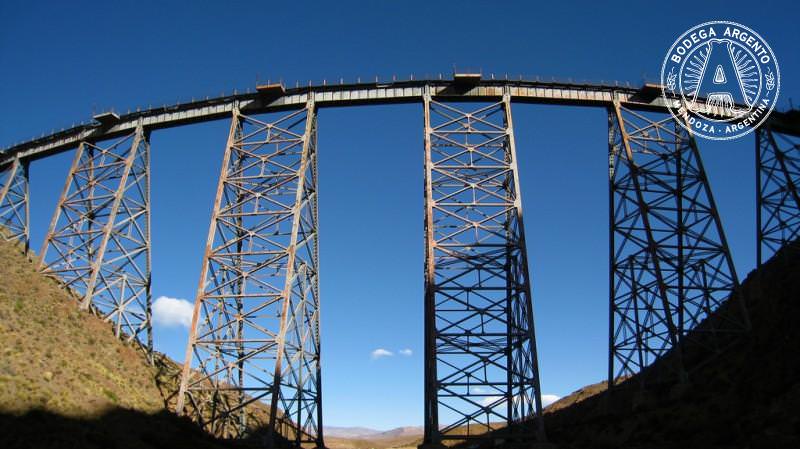
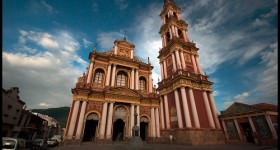 Salta Beats to a Different Drum in Argentina’s Northwest
Salta Beats to a Different Drum in Argentina’s Northwest 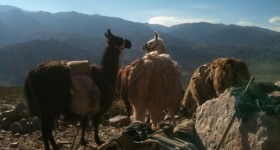 Argentina Travel Guide to Jujuy Province
Argentina Travel Guide to Jujuy Province 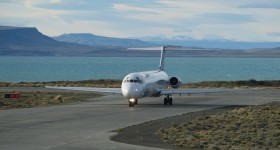 Air Travel in Argentina – A Beginner’s Guide
Air Travel in Argentina – A Beginner’s Guide  Regional Rules: A Guide to Argentina’s Varied Cuisine
Regional Rules: A Guide to Argentina’s Varied Cuisine 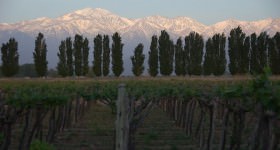 Taste the Diversity: A Guide to Argentina’s Wine Regions
Taste the Diversity: A Guide to Argentina’s Wine Regions 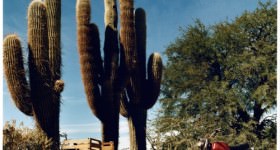 Argentina Wine Regions: Salta
Argentina Wine Regions: Salta 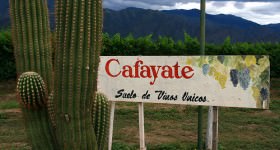 Torrontes – Argentina’s Favorite White Wine Variety
Torrontes – Argentina’s Favorite White Wine Variety 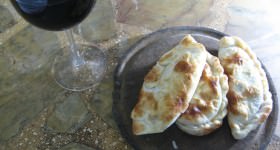 The Best Empanadas in Argentina: Regional Recipes
The Best Empanadas in Argentina: Regional Recipes 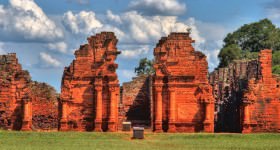 Argentina Travel Guide to Misiones Province
Argentina Travel Guide to Misiones Province 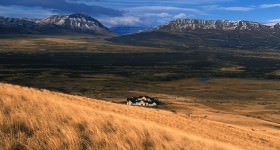 An Insider’s Travel Guide to Argentina
An Insider’s Travel Guide to Argentina 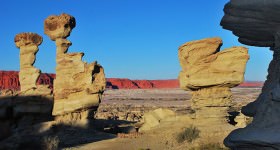 Travel Guide to San Juan, Argentina
Travel Guide to San Juan, Argentina 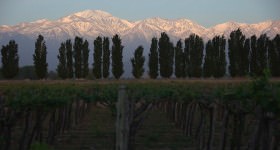 Blue Sky Drinking: Argentina’s High-Altitude Vineyards
Blue Sky Drinking: Argentina’s High-Altitude Vineyards
My favorite part about Northern Argentina was Cafayate. There are some outstanding wineries there!
I just love to explore the northwest part of Argentina and the way you described to vacate in northwest is amazing. The information you shared is worth reading and applying while traveling to northwest Argentina..